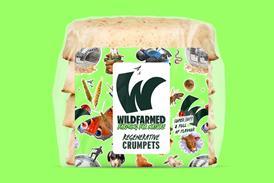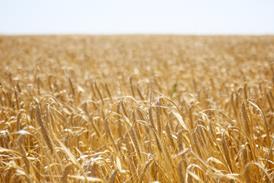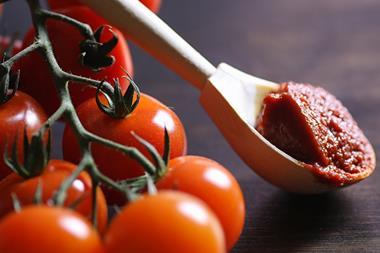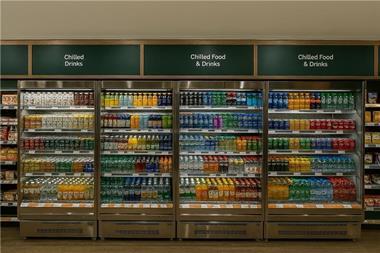For many people, washing is no longer only about cleanliness, but about feeling energised and ready for the day ahead, or relaxing in a pampering bath as a means of unwinding after work.
The £500m soap, bath and shower products market has evolved to accommodate this with an increase in products promising more than cleanliness.
Consumers have been turning their back on traditional bar soaps in preference to liquid wash products.
Usage of shower gels by both sexes has increased over the past five years, reflecting growth in new bodywash formats. Around 60% of the population are users of shower gels.
By contrast, bath additives' usage among men and women has dropped back, although it remains a popular method of washing among women, at 61%. Just 39% of men are users.
Bath and shower products are regarded as a profitable category by major retailers, following the development of value-added sectors (such as bodywashes) and the growth in premium-priced bath liquid products.
Grocers are keen to exploit non food categories gross margins are higher and better customer loyalty is generated.
This has led to a greater dependence on products offering good profit potential, such as shower gels, bodywashes and liquid soaps, and a move away from low value bar soaps and bath liquids positioned for family use.
In terms of consumer requirements from soap, bath and shower products, women (at 43%) are most likely to look for moisturisers, while the greatest priority for men is a well known brand (at 26%).
{{P&P }}
Close menu
- Home
- Retail & Wholesale
-
Products & Suppliers
- Back to parent navigation item
- Products & Suppliers
-
Product Categories:
- Back to parent navigation item
- Product Categories:
- Alcoholic drinks
- Bakery
- Cereals & breakfast
- Cheese
- Chicken & poultry
- Chocolate
- Confectionery
- Crisps, nuts & snacks
- Dairy
- Fish
- Fresh produce
- Frozen
- Household
- Meat
- Own Label
- Sauces & condiments
- Seasonal
- Soft drinks
- Vaping
- Vegan & plant-based
- World foods
- Suppliers
- People
- Reports & Data
-
Topics A-Z
- Back to parent navigation item
- Topics A-Z
-
Popular topics:
- Back to parent navigation item
- Popular topics:
- Cost of living crisis
- Crime
- Deposit Return Schemes
- Finance
- Government & Regulation
- Health
- Inflation
- Loyalty
- Marketing
- Mergers & Acquisitions
- New Product Development
- Sourcing
- Supply chain
- Sustainability & environment
- Technology
- Ultra Processed Foods
- Vaping
- A-Z all topics
- Content by type:
- Events
- Ask iA (beta)
- Subscribe now
Sign in to comment on this article
Not logged in before? Register for FREE guest access today.
You will be able to:
- Read more stories
- Receive daily newsletters
- Comment on stories
Advert













No comments yet